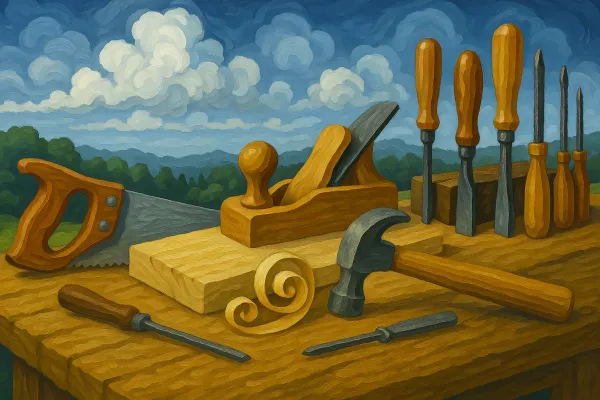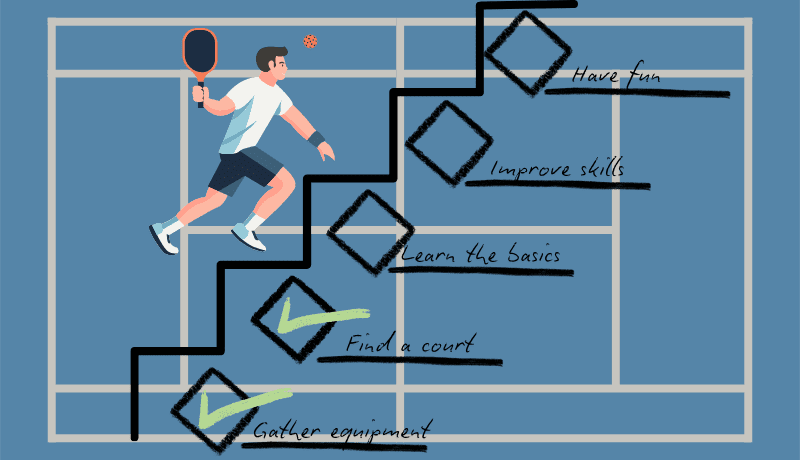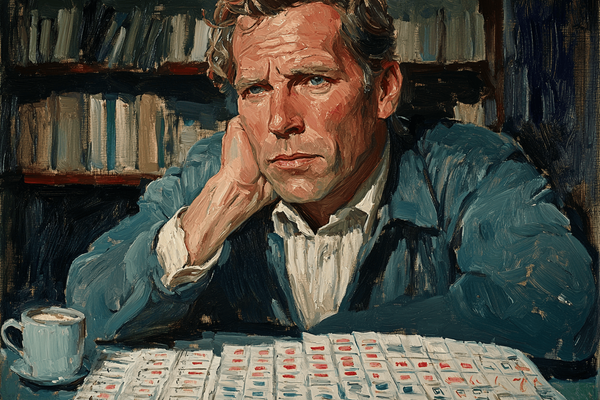French Revolution and Guillotine
The years of the Great French Revolution in France were troubling. Revolutionary justice spared neither ordinary people, nor the nobility, nor the revolutionaries themselves.

How did the revolutionary France come to use the guillotine?
Sometimes, France knows how to surprise. Not that we have been often surprised by it in recent years. However, we can agree that occasionally the French history comes up with something that can make heads spin. Or, perhaps, chop off.
The country has a love for humanism too. Driven by this feeling, anatomy professor and political figure Joseph-Ignace Guillotin proposed a humane form for carrying out capital punishment. This happened on October 10, 1789. Antoine Louis, the French surgeon who, along with German engineer Tobias Schmidt, developed the prototype of the guillotine, played a crucial role in its creation. On April 25, 1792, the device, initially called “Louisette”, performed its first execution. The executed was Jacques Nicolas Pelletier, and the punishment took place at the Place de Grève [1]. The executor was Charles-Henri Sanson, the chief one in France during these days.
With the introduction of the guillotine, the executioner no longer needed to skillfully wield a sword, fire, or rope, although he still had to be able to apply torture. Nevertheless, beheading became much simpler. But then, the most humane instrument of execution experienced what always happens with a sharp increase in productivity. Instead of resting in all the saved time, people began to fill it with more work. Now we know the occurred historical eagerness as the Reign of Terror.
Thus, during the decade of the French Revolution, the guillotine worked tirelessly. Common French people, former rulers, and even revolutionary leaders were not spared. This was a demonstration of fair justice and equality of French citizens. Before this, executions for commoners and nobles were different.
So, the list of some famous victims of guillotine, including King Louis XVI
- Antoine Laurent Lavoisier. Founder of modern chemistry.
- Elisabeth of France. Princess, younger sister of the last kings Louis XVI, Louis XVIII, and Charles X.
- Jean Sylvain Bailly. Astronomer and revolutionary, first president of the National Constituent Assembly and mayor of Paris.
- Jean-Baptiste Coffinhal. Revolutionary. As a judge of the Revolutionary Tribunal, he handed down around 2,000 death sentences. Later, he also lost his head.
- Madame du Barry. Official mistress of King Louis XV.
- King Louis XVI. King of France from the Bourbon dynasty.
- Maximilien Robespierre. French revolutionary, lawyer, one of the most famous and influential political figures of the French Revolution.
- Queen Marie Antoinette. Queen of France and Navarre (from May 10, 1774), wife of Louis XVI. Marie Antoinette is said to have spoken the phrase “Let them eat cake” when someone told her peasants have no bread.
- Nicolas Luckner. French military leader of the absolutism period, Marshal of France (1791).
- Philippe de Noailles. Duke of Mouchy (from 1747), Prince de Poix (from 1729), Duke de Poix (from 1767), Baron d’Ambres, French Marshal (1775).
Many of these executions took place at the Place de la Revolution.
On the internet, you can find the version that even Dr. Guillotin himself went through beheading. This is not true. Guillotin died in 1814 in Paris of natural causes. Less than two months later, Napoleon Bonaparte would be removed from power.
The Further Fate of the Guillotine After the Reign of Terror
Since 1792, the guillotine remained for a total of 185 years. Not only citizens of France were found guilty and officially executed [2]. In Paris, on May 6, 1932, Pavel Timofeyevich Gorgulov, Russian immigrant, shot President Paul Doumer. The same year, on September 14, Gorgulov was executed on Boulevard Arago near the Santé prison.
The use of the guillotine changed over time since the age of National Convention. In 1939, President Albert Lebrun decided to remove the publicity of executions. The last public execution attracted too many onlookers, and the square had to be cleared by the National Guard. It was even secretly filmed and shocked French society in the end.
The last person sent to death with the use of the guillotine, and the last execution in France altogether, took place in 1977. Hamida Djandoubi, convicted of murdering Elisabeth Bousquet, was executed. Since 1981, the laws no longer allow the death penalty as a form of punishment. It was abolished by President François Mitterrand.
List of References
[1] “Nicolas Jacque Pelletier” from Wikipedia
[2] “Paul Gorguloff” from Wikipedia
[3] “Hamada Djandoubi” from Wikipedia



